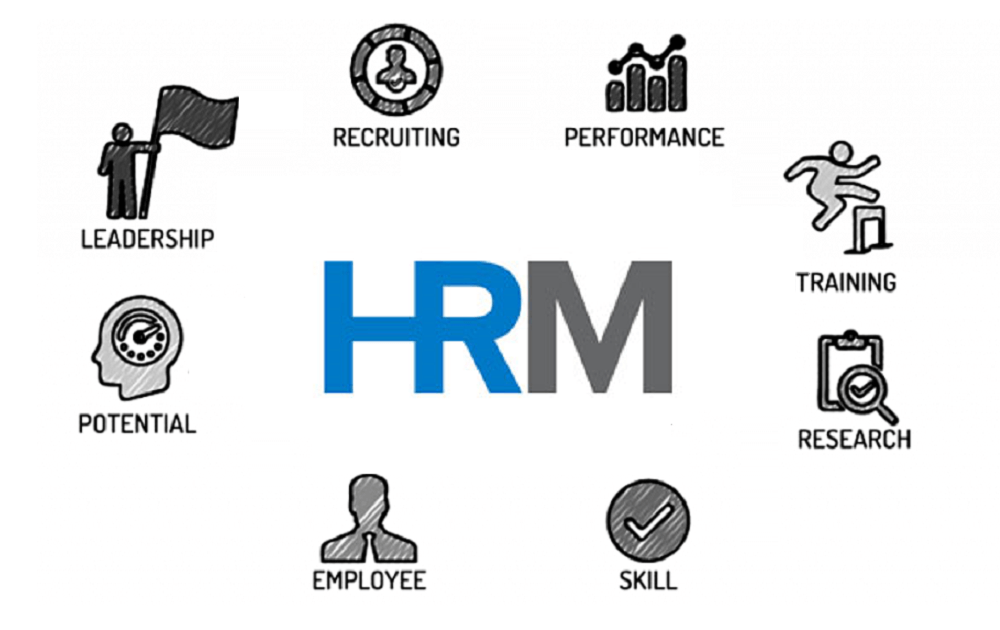
Age, gender, ethnicity, race, marital status, religious belief, sexual identity, and economic status are factors that contribute to diversity. Managing Diversity is a strategy for developing and sustaining a positive workplace culture in which employees’ similarities and distinctions are acknowledged.
Reasons for Diversity at the Workplace
The reasons for increasing diversity at the workplace is as follow:
- Globalization enhances diversity, it has made it easy to reach the world economy, resulting in a seamless distribution of products and services, thoughts, strategies, etc.
- Growing migration is another reason for workforce diversity. Migration of workers from other countries has made the workforce heterogenous.
- Aging population: Due to better health care facilities, more senior workers/employees are active. Due to this, the heterogeneity at the workplace in terms of age is increased.
- Role of women has improved remarkably in recent years, many women are actively doing jobs in various male-dominant professions. This change is forcing firms to modify their rules and regulations.
It is important for firms to manage diversity effectively to encourage the perspective, acceptance, and inclusion of diversity in companies.
One of the challenges that firms face is managing diversity. Managing diversity requires a systematic approach for handling a diverse workforce along with the struggle toward biases, prejudices, and all forms of discrimination based on personal beliefs and attitudes to optimize the benefits and minimize the challenges of diverse viewpoints, actions, and attitudes among employees.
Theories to Understand Workforce Diversity
Here are some theories to understand Workforce Diversity:
- Social Identity Theory (SIT) developed by Henri Tajfel and John Turner
- Contact Theory by Gordon Allport
- Cultural Intelligence (CQ) Theory by Soon Ang and Linn Van Dyne
- System Justification Theory by John Jost and Mahzarin Banaji.
- Intersectionality by Kimberlé Crenshaw,
- Social Network Theory
- Organizational Culture Theory
- Critical Race Theory (CRT)
- Critical Mass Theory
- Inclusive Leadership Theory
- Organizational Learning Theory
- Hofstede model of cultural dimensions
- Berry’s Model of Acculturation
Dimensions of Workforce Diversity
Rijamampianina and Carmichael (2005) describe diversity in terms of primary, secondary, and tertiary dimensions, which shows us a comprehensive view of the diversity framework.
- Primary dimensions of diversity are those that have been inherited (Gender, Age, Race, Ethnicity, Disability).
- Secondary dimensions of diversity are those that can be modified or transformed. Educational, age, geographic area, salary, marital status, experience, family status, religious values, and other factors are among them.
- Tertiary dimension (Beliefs, Assumptions, Perceptions, Attitudes, Values) is hard to notice and can be noticeable only if there is an interaction for a long period.
Related: More HRM concepts and theories
References
Rijamampianina, R. and Carmichael, T., 2005. A pragmatic and holistic approach to managing diversity. Problems and perspectives in management, (1), pp.109-117.
BATheories.com is managed by a group of educators from Mumbai. We also manage the website AcademicsHQ.com. Our panel includes experienced professionals and lecturers with a background in management. BATheories is where we talk about the various business theories and models for BA (Business Administration) students.